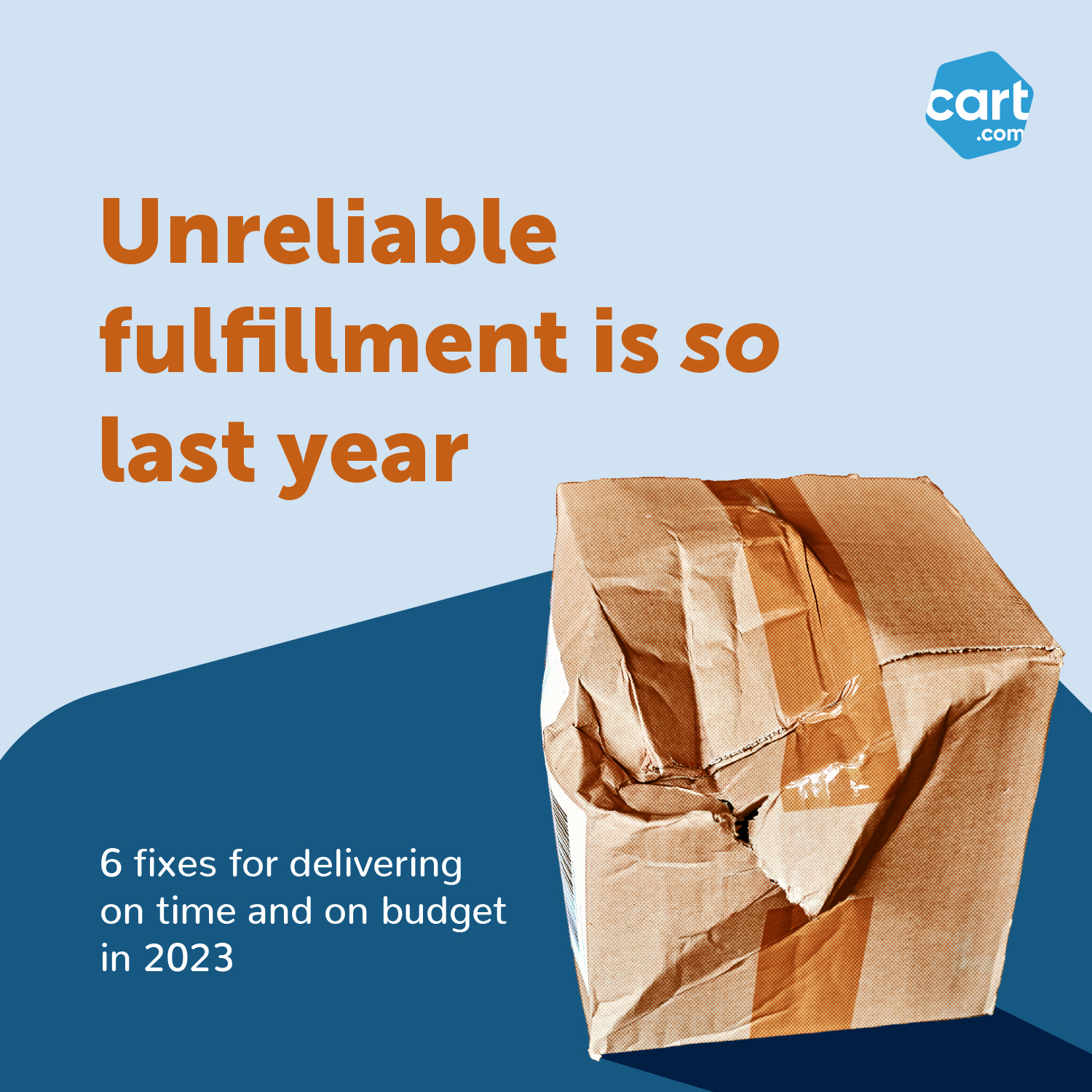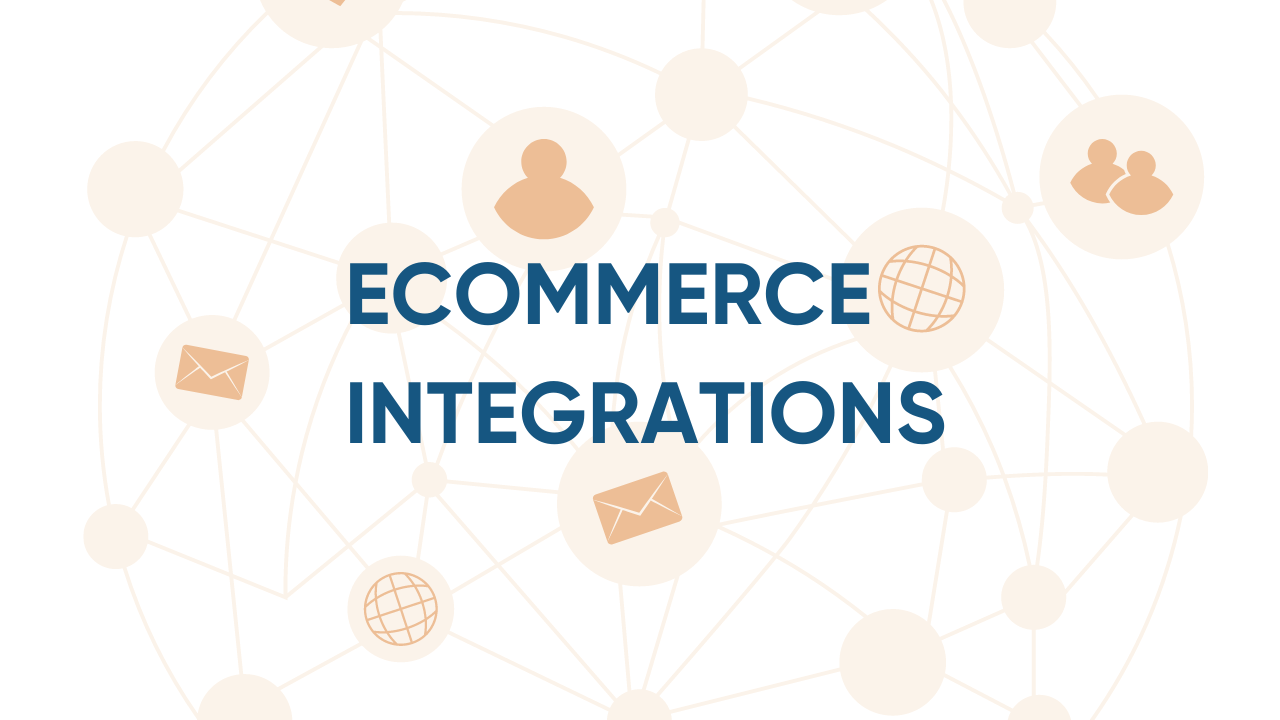The supply chain is critical to your business Unfortunately, supply chain problems are common. That’s where strong supply chain management comes into play.
What is supply chain management?
Supply chain management includes the planning and execution of the whole production flow of a good or service.
Your business has to rely on a network of suppliers to move your goods or services, from raw materials to final delivery to customers. These suppliers form “links” in your supply chain. The goal of supply chain management is to handle the flow of your goods or services through the supply chain while maximizing quality and profitability.
Traditional supply chain management breaks down into five key elements:
- Planning
- Sourcing
- Manufacturing
- Logistics
- Returns
If you don’t have a strong strategy for dealing with each piece of supply chain management, your business will lose time and money in the production flow.
Common supply chain issues and corresponding solutions
Many different factors cause issues in supply chain management, but here are the 10 most common ones, along with corresponding integrated supply chain solutions.
1. Difficulty predicting consumer demand
Consumer demand changed significantly during the pandemic and may continue to change going forward. These shifts lead to a significant supply chain concern for your business: difficulty accurately predicting consumer demand.
Accurately predicting how high consumer demand will be is essential to your supply chain management. Correctly forecasting consumer demand is one way to maximize your order fulfillment strategy, for example. Your demand predictions inform your company’s raw materials purchases, resource allocation, manufacturing and more.
If consumer demand is lower than you predicted, your company will be left holding too much inventory. If you predict weak consumer demand but real demand is high, your inventory will be out of stock. Either of these two scenarios will cost your business.
Challenges with predicting consumer demand will also hurt your ability to budget and offer the best possible customer service.
Solution: The solution to demand-forecasting issues is to adjust your methods and rely on artificial intelligence (AI) to make those forecasts more accurate. Businesses that use AI as part of their supply chain management will be in good company. Oracle, Blue Yonder and Manhattan Associates are just some of the companies increasing their investments in AI for supply chain execution.
Your business may also want to consider the price elasticity of demand for your products or services. If your customers respond strongly to changes in price, you can use price adjustments to nudge customer demand to be more in line with your predictions.
2. Shipping cost increases
Shipping and logistics cost increases make moving your materials and finished products more and more expensive. As a business, you’re left with two choices for dealing with these cost increases. You can either pass them along to your consumers or absorb them yourself and suffer a hit to your bottom line. Neither is an appealing option.
When demand for shipping is high relative to shipping capacity, you get higher shipping costs. Until demand decreases or capacity increases, shipping costs will remain high.
Solution: One solution companies use to deal with rising shipping costs is to consider alternative transportation methods. If ocean freight is too expensive, for example, ground transportation may be the better option for your business.
Ultimately, though, many companies end up raising their prices on customers to bring down their losses. That’s why increasing shipping costs are one of the factors that predict rising inflation. Take steps to optimize your shipping costs to keep costs as low as possible for your customers.
3. Long lead times
Lead time is the amount of time that passes between the initiation and completion of a production process. If, for example, you place a purchase order on Jan. 1 and don’t receive the delivery until Jan. 15, the lead time on that order is 14 days.
Every part of your supply chain will have a different lead time. Together, the separate lead times in your supply chain make up your total lead time for delivering products or services.
Long lead times in your supply chain can cause a longer total lead time. Because customers expect prompt deliveries, these long lead times can cost your business sales.
Solution: If you have unreliable suppliers in your supply chain, remove them. Choosing suppliers closer to your distribution centers and warehouses will also bring down lead times.
4. Keeping up with technology
In some ways, technologies like the Internet of Things (IoT) are blessings for supply chain management. Different technologies like AI and electric vehicles can make it easier than ever to get your products or services to customers.
Technology is helpful, however, only if your company can successfully implement it within your existing supply chain. That’s where many businesses struggle. Your company needs to keep up with technology to stay ahead of your competition, but doing so requires a significant investment of time and money.
Solution: Look for places in your supply chain operations where technology would make the biggest impact. Start budgeting time and money to put that technology into action. Never stop looking for ways in which technology can help your supply chain management evolve.
5. Sourcing from a reliable carrier
Working with suppliers and business partners who are 100% reliable is always the goal for business owners. Finding reliable carriers isn’t always easy, though.
When you hand off your materials or finished products to a carrier for transport, you have to trust that the items will be safe and sound while arriving on time at their intended destination. If your carriers aren’t reliable, they may damage or delay your packages — a potentially costly supply chain problem.
Solution: Thoroughly vet all potential carriers your business may hire. Start with online research to find out whether the carriers have the resources to transport your goods and whether they specialize in a certain kind of shipping. If you see red flags, like a poor safety record in the Federal Motor Carrier Safety Administration (FMCSA) database, stay away from those carriers.
Doing your due diligence at the procurement stage will help protect your business from unreliable carriers.
6. Risk management
There’s a lot of inherent risk in your supply chain. While it isn’t possible to eliminate all of that risk, you can mitigate it with proper risk management.
Some of the internal and external risks you should address through supply chain risk management include:
- Supplier bankruptcies
- Theft
- New government regulations
- Natural disasters
- Cybersecurity vulnerabilities
Any of these risk factors could severely disrupt your supply chain and impact your bottom line. Both known and unknown risks will always be in play, which is why supply chain risk management is so difficult.
Solution: Invest time and money in identifying, assessing and mitigating risks to your supply chain. Use software tools as part of a comprehensive supply chain risk management program. Your risk management should be ongoing — don’t “set it and forget it.”
7. Labor shortages
All along the supply chain, your business relies on workers. Labor shortages will hurt your business's ability to get your product or service to customers on time and without problems.
Consider how many different workers you need to deliver your finished product to consumers. You need workers to staff warehouses and distribution centers, dockworkers and longshoremen to operate ports, truck drivers to move your goods across land and more. Shortages of workers in even just one of those positions will interfere with your supply chain.
Several different factors can cause a labor shortage, including:
- Interindustry competition: When there are more open jobs than available workers, different sectors have to compete for workers. Inevitably, some industries will not get enough workers and will suffer a labor shortage.
- Shifting priorities: Recently, many workers have shifted their priorities toward flexibility or more time at home. This has left in-person jobs with fewer workers and applicants.
- Lower labor force participation: Whenever fewer people participate in the labor force, a labor shortage can happen. For example, if a big chunk of the workforce retires and there aren't enough incoming workers to replace the retirees, the labor force participation will go down.
- Skills shortages: Sometimes, the professionals in the workforce don’t have the right skills to fit the industries looking for workers, leading to labor shortages in those particular industries.
Regardless of the cause of the labor shortage, it can result in a supply chain disruption.
Solution: To make sure you can get your products or services to customers, you have to either combat labor shortages or reduce your business’s reliance on labor.
Your business can apply strategies like offering higher salaries and more perks to your employees to help with recruiting top candidates. You may also be able to train and cross-train your existing employees so they can fill in the gaps created by labor shortages.
Automation and product re-engineering are tools you can use to reduce your reliance on labor over the long term.
8. Delayed port operations
The pandemic caused heavy port congestion, which is still a problem today. When ships can’t load or unload freight because the port stations are already at full capacity, port operations experience costly delays. Many important global docks are still suffering from supply chain bottlenecks.
Major ports aren’t able to move freight along at their usual speeds due to social-distancing requirements and labor shortages. Even once these issues go away, it will take some time for ports to operate at full speed again.
Solution: For the time being, your business should plan for delays while loading and unloading freight at ports. Adjust your delivery commitments accordingly.
9. Poor logistics management
Logistics management entails transportation, storage and delivery. Sometimes, logistics disruptions are unavoidable. Many of them arise from poor logistics management, though.
If your logistics management is poor, your business will have to deal with delivery delays and decreased customer satisfaction. That’s why logistics are critical.
Solution: Think of logistics as a series of interlocking parts and consider how each aspect affects the others. Automate logistics processes like delivery tracking when possible. When in doubt, turn to ecommerce analytics and other digital solutions for logistics management.
10. Quality control
Every business practices some form of quality control to ensure its products or services meet set standards. Quality control shouldn't start on your own production lines, though — it applies to all of the steps in the supply chain.
If your business has unaddressed quality control problems anywhere along the supply chain, your customers and brand reputation will suffer. Better quality control means a lower chance of returns and product failures.
Solution: Implement a strong production parts approval process (PPAP) to ensure that all of the components from suppliers meet your quality standards. Make your suppliers a part of your quality control process by connecting them to your quality management system (QMS).
The current state of the global supply chain crisis
Several serious global supply chain issues have cropped up over the last few years. In 2022, the global supply chain crisis is lessening compared to 2020 and 2021, but it’s still a problem.
So what's causing supply chain issues today? Current issues like port congestion, factory shutdowns and new COVID-19 variants are still having negative effects on businesses and consumers alike. Outliers like natural disasters (hurricanes, wildfires, earthquakes and more) are also taking a toll on the supply chain.
In general, there’s still a lot of uncertainty surrounding the global supply chain. Certain parts and materials, such as microchips and foam filling, remain in short supply. Freight costs are high, and they aren’t expected to come down anytime soon.
Supply chain management is as important as ever if you want to ensure your business can tackle these challenges today and in the future.
Fulfillment and analytics solutions to cure your supply chain woes
Is your business suffering from any of these supply chain problems?
Cart.com helps your ecommerce brand grow with innovative fulfillment and analytics solutions. To improve your inventory management, order management, inventory storage and more, connect with Cart.com today.
%20for%20your%20business.jpg)




